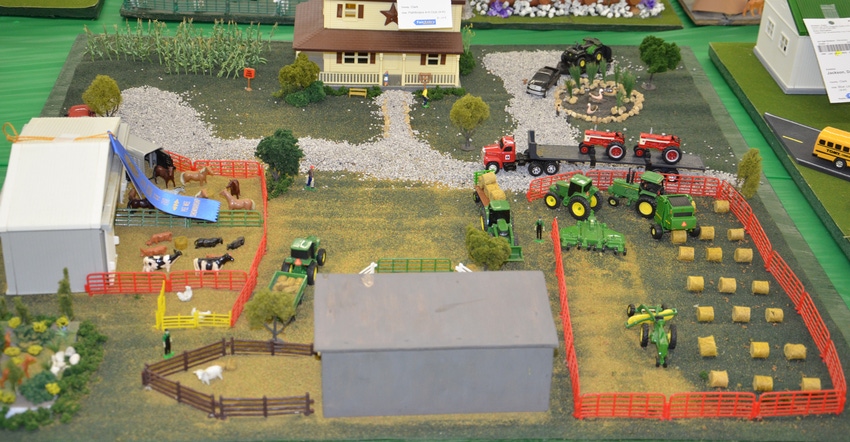September 10, 2018

The series about the decrease in the number of 4-H projects and participants continues. It’s obvious many people have benefited from 4-H programs, know their kids have benefited and hope their grandkids will benefit. However, it’s also true that many people have noticed the decrease in the number of traditional projects displayed, and in some cases question whether 4-H members in traditional clubs are still learning through club meetings and leadership opportunities.
What’s less clear is how this trend can be reversed, if it’s reversible. We’ll continue the conversation as long as people have positive things to contribute — either memories, observations or ideas for ways to improve the program. And later, we’ll look at some nontraditional programs underway. Will they be the future, even for kids who once fit more squarely into traditional programs?
Reader comments
Here’s a sampling of what readers are telling us. They’re organized by subject, and in some cases are just excerpts from longer conversations.
• Project clubs aren’t always the answer. One suggestion to kick up interest in projects in certain counties is to create more project clubs that focus on a certain area of interest, such as photography, shooting sports, swine or sheep. But one current 4-H club leader notes that those clubs only work if the project leader is knowledgeable and understands kids.
Another reader says that based on experience with a livestock project club, the leaders didn’t care about other projects and only encouraged kids to take the livestock project. Unless the members are also in another 4-H club, they might not be exposed to forestry, wildlife, photography or other projects.
What do you do when project leaders become older and don’t relate to kids? It’s tough to “fire” well-meaning volunteers.
• People have lost focus on the value of record keeping. In his reaction to the articles about declining 4-H participation, Matt Wright, Tippecanoe County, Ind., says: “I couldn’t agree with you more. Lack of participation and poor projects really bother me. No accountability of record books and achievement also bothers me. I got a full-ride scholarship to Purdue from 4-H, and it took all those records, participation and achievement for that opportunity. Today the ‘green’ folder means about nothing compared to the past.”
The green folder he refers to is an achievement record where members record their accomplishments during their entire 4-H career. Awards are often based on such records.
• Early fair dates contribute to problem. Mary Schriefer, Spencer County, Ind., says: “I too belonged to 4-H in the ’60s. My daughter belonged in the late ’80s-early ’90s. Today, it seems like our summers are shorter, and the fair is so early that no one can have corn or tomatoes ready for show. My grandchildren aren’t yet old enough to join, but I’m not sure they would be able to get gardening projects done due to these issues.”
• More participants are needed. Angelo Brown, Elkhart County, Ind., says: “My grandson is an eight-year rabbit club member with Elkhart County. I have watched a decline in rabbits shown over the years. We have a lot of members that only show one or two rabbits, which is fine — we want the kids in 4-H. I wish there was more training and teaching on becoming breeders of rabbits. And just my opinion — some fairs have become more commercial than focused on 4-H.”
Comments? Email [email protected].
You May Also Like




